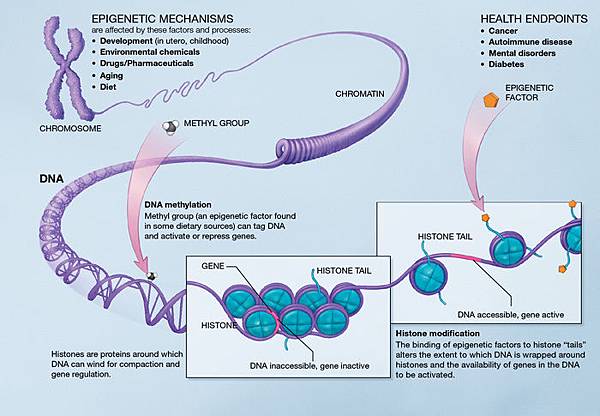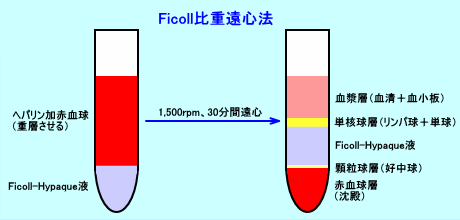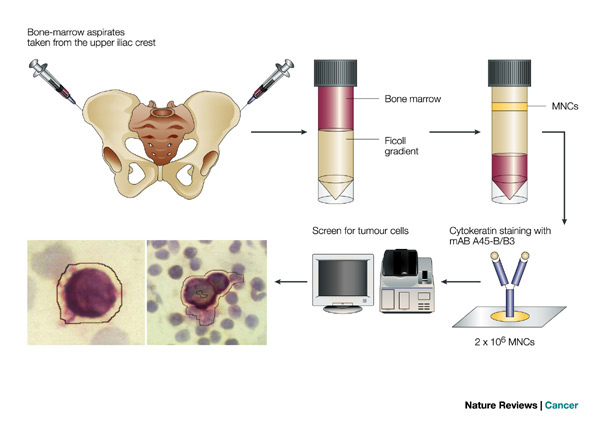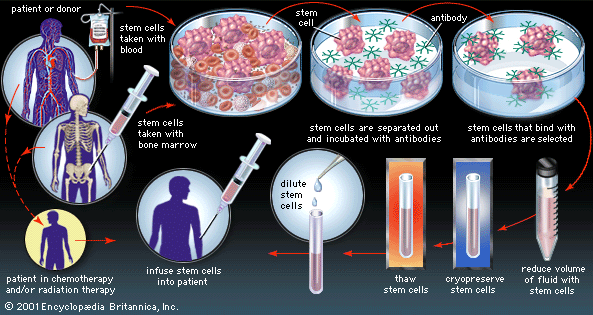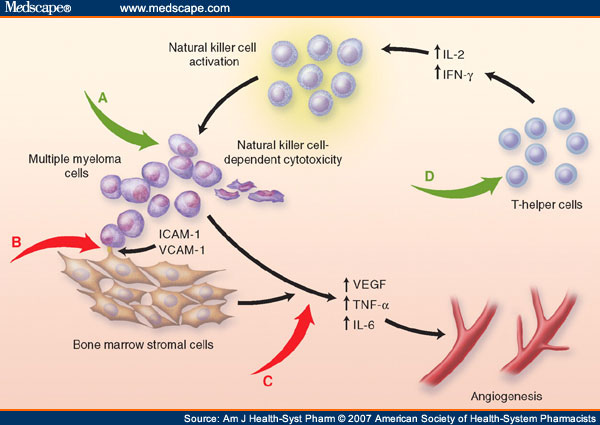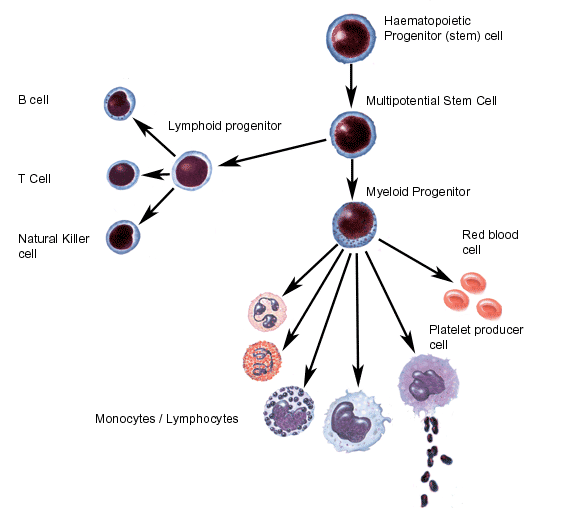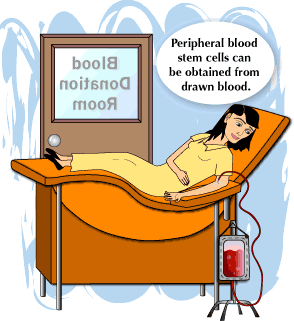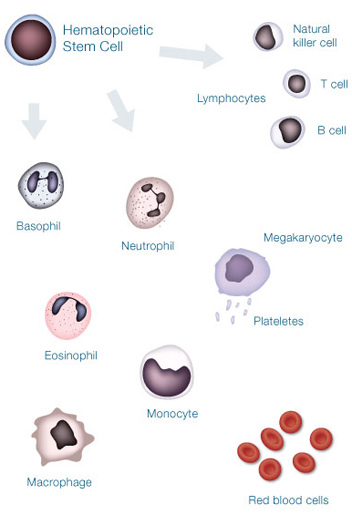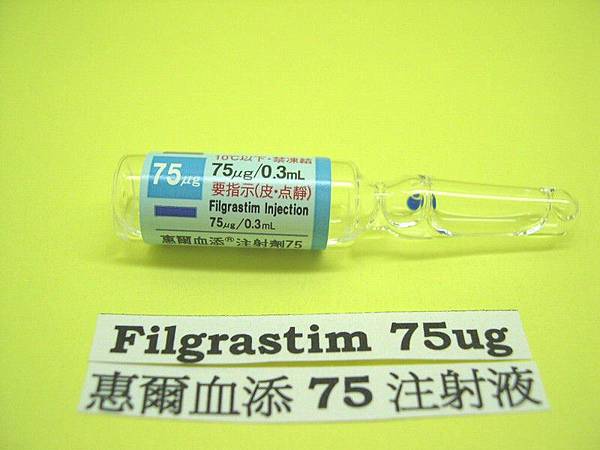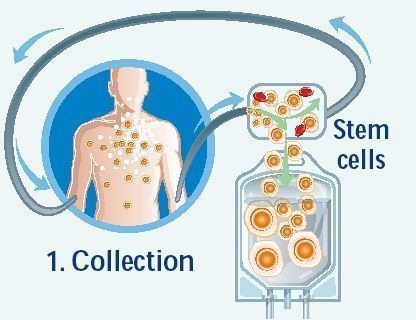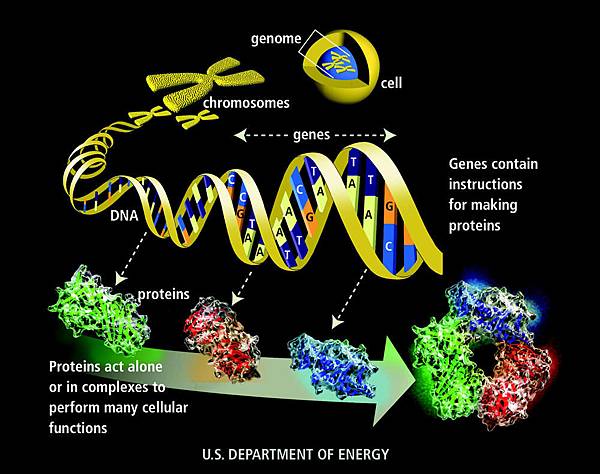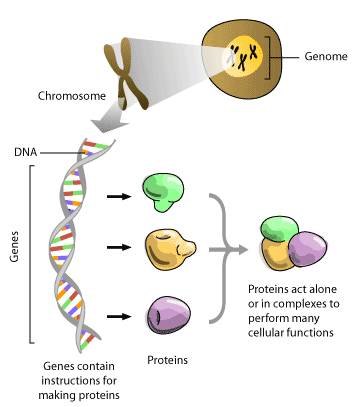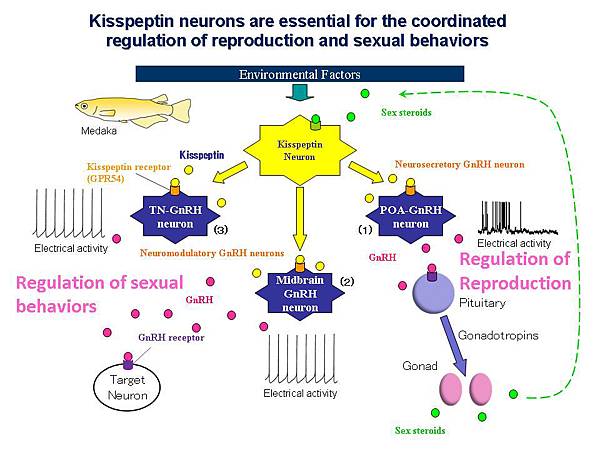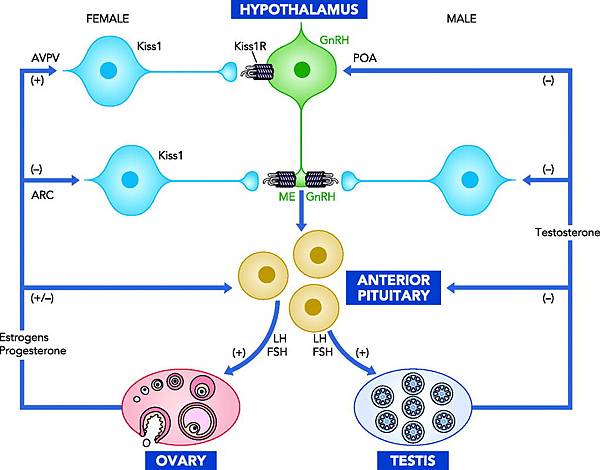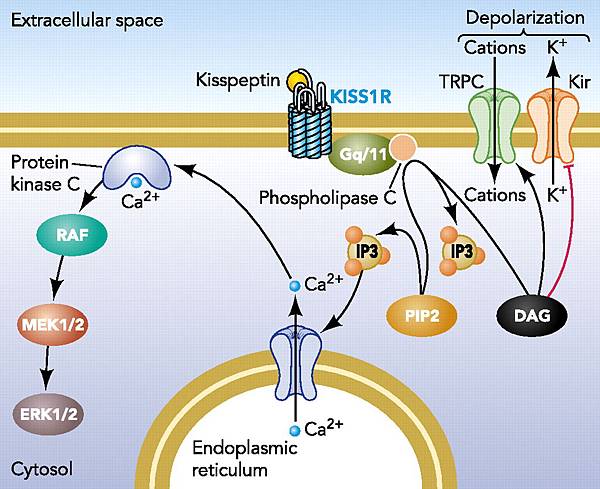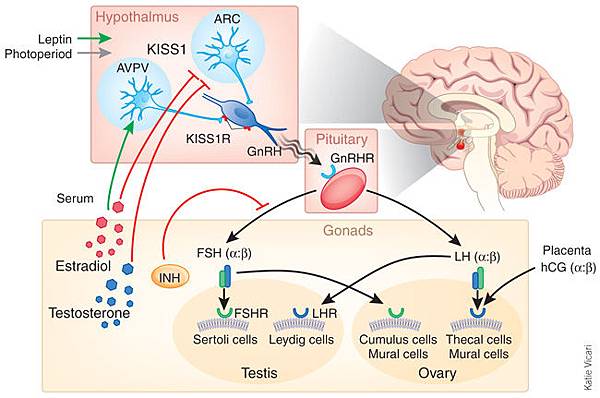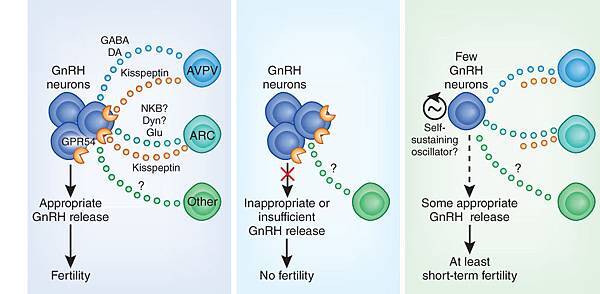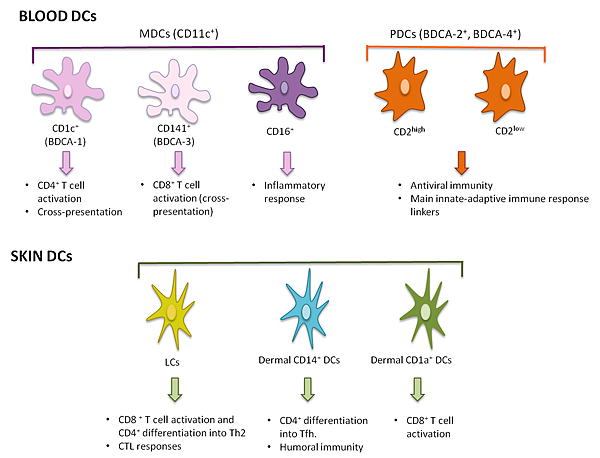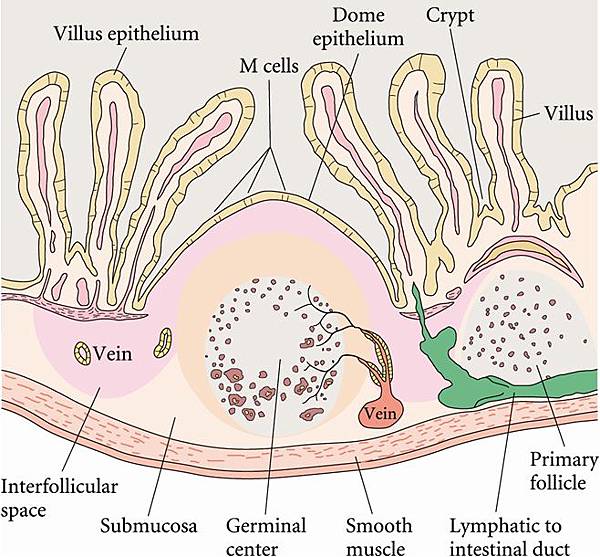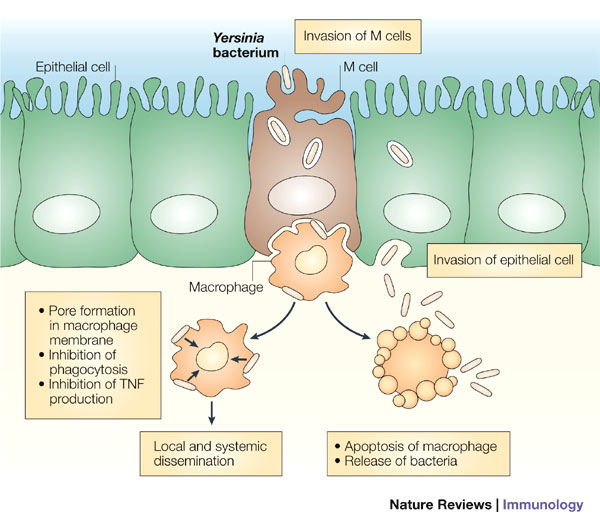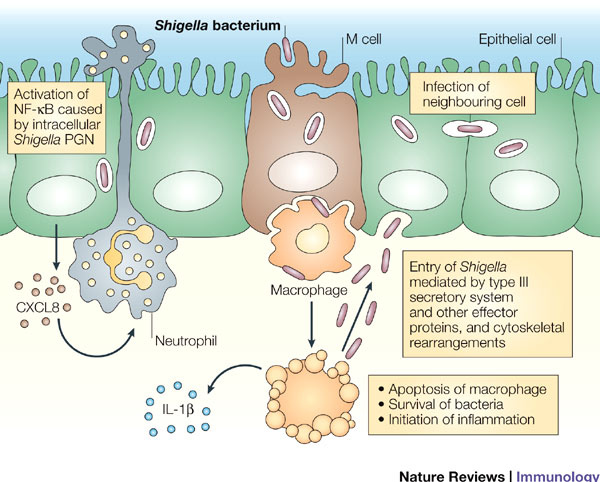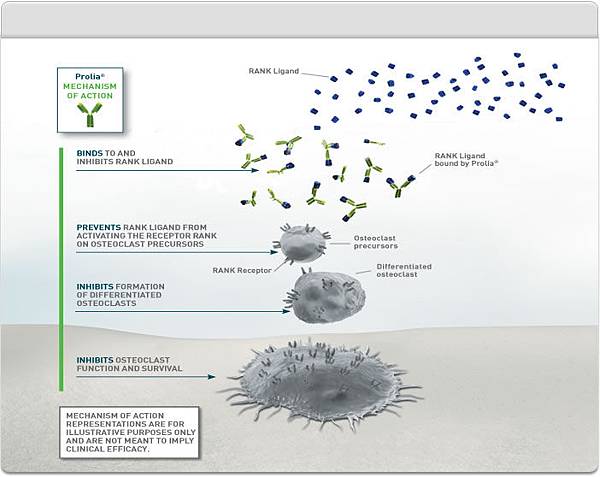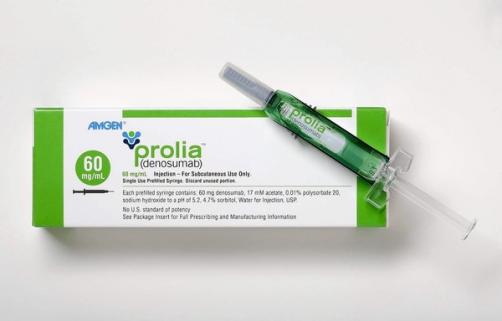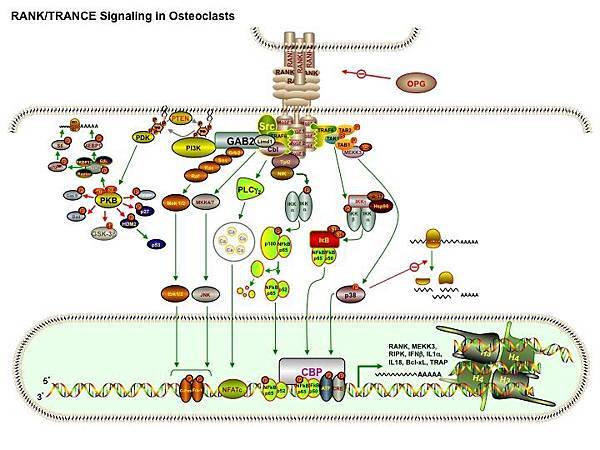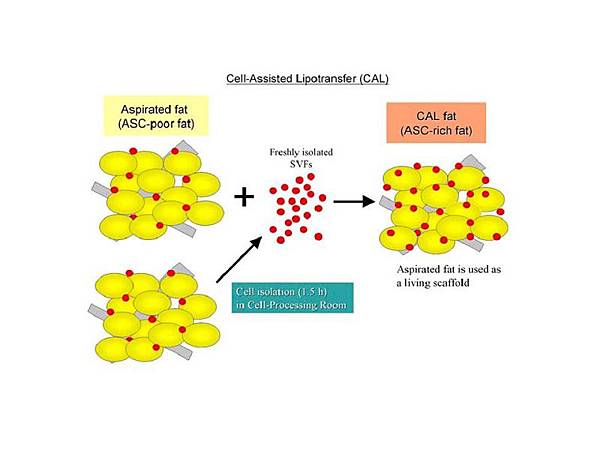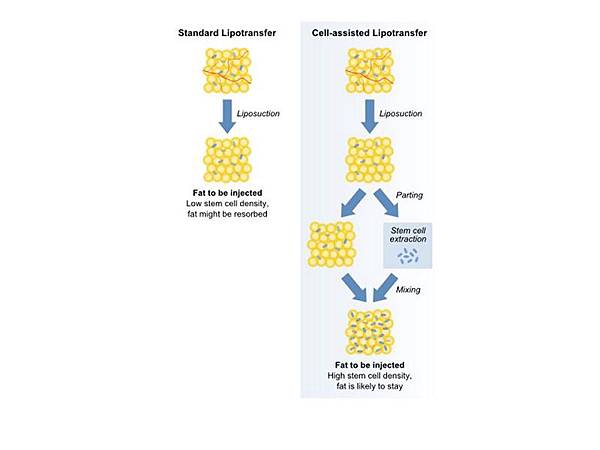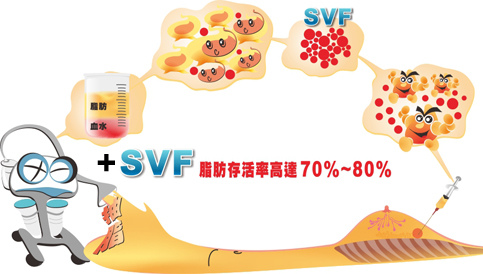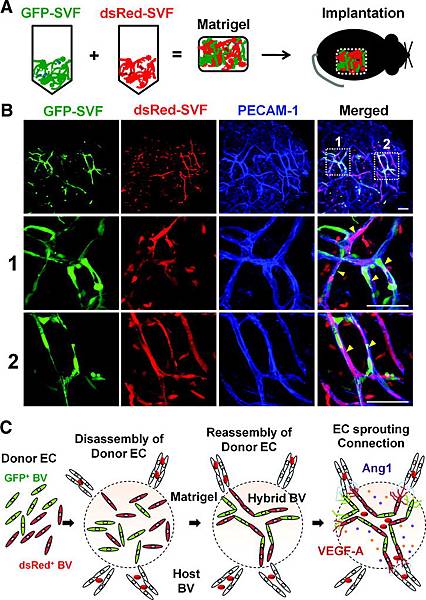
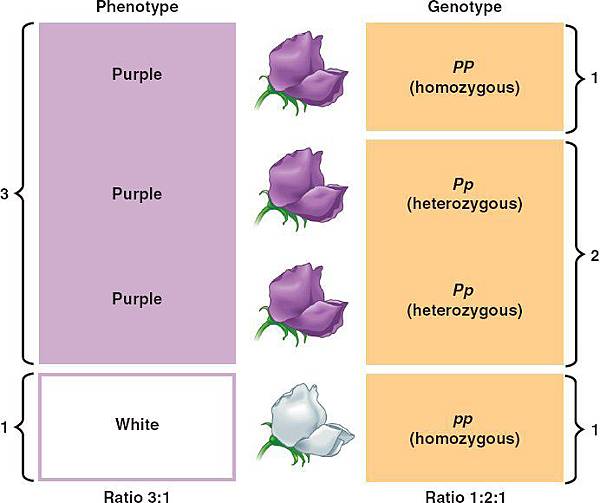








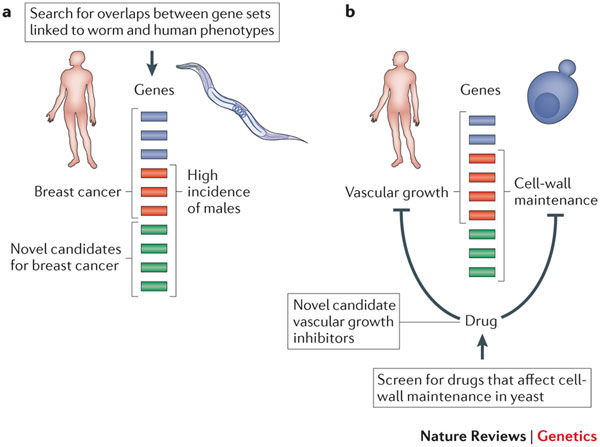


Phenotype表現型:Expression of an organism's Genes
Phenotype(from Greek phainein, 'to show' + typos, 'type')is the composite of an organism's observable characteristics or traits, such as its morphology, development, biochemical or physiological properties, phenology, behavior, and products of behavior.
Phenotypes result from the expression of an organism's genes as well as the influence of environmental factors and the interactions between the two. When two or more clearly different phenotypes exist in the same population of a species, it is called polymorph.
The genotype of an organism is the inherited instructions it carries within its genetic code. Not all organisms with the same genotype look or act the same way because appearance and behavior are modified by environmental and developmental conditions. Likewise, not all organisms that look alike necessarily have the same genotype.
This genotype-phenotype distinction was proposed by Wilhelm Johannsen in 1911 to make clear the difference between an organism's heredity and what that heredity produces. The distinction is similar to that proposed by August Weismann, who distinguished between germ plasm (heredity) and somatic cells (the body). The genotype-phenotype distinction should not be confused with Francis Crick's central dogma of molecular biology, which is a statement about the directionality of molecular sequential information flowing from DNA to protein, and not the reverse.
一個基因的不同形式(例如S或s),稱為「對偶基因」(alleles)。當產生「配子」(gamate)時,這兩個對偶基因會分開。一個來自花粉的配子和一個來自柱頭的配子授粉後產生「合子」(zygote)。如果合子的對偶基因相同,則為「同基因合子」(homozygote),例如SS與ss。如果結合子的對偶基因不同,則為「異基因合子」(heterozygote),例如Ss。
後來出現「基因型」(genotype)和「表現型」(phenotype)這兩個名詞。外在表現的特徵稱為表現型,而表現型是由基因型來決定。SS與Ss雖擁有不同的基因型,卻有相同的表現型。我們如何能夠分辨SS和Ss呢?讓它們和ss(皺皮)種交配。交配得到的後代應該是平滑(Ss)與皺皮(ss)的比例各佔一半。這種鑑定基本型的方法稱為Testcross。


